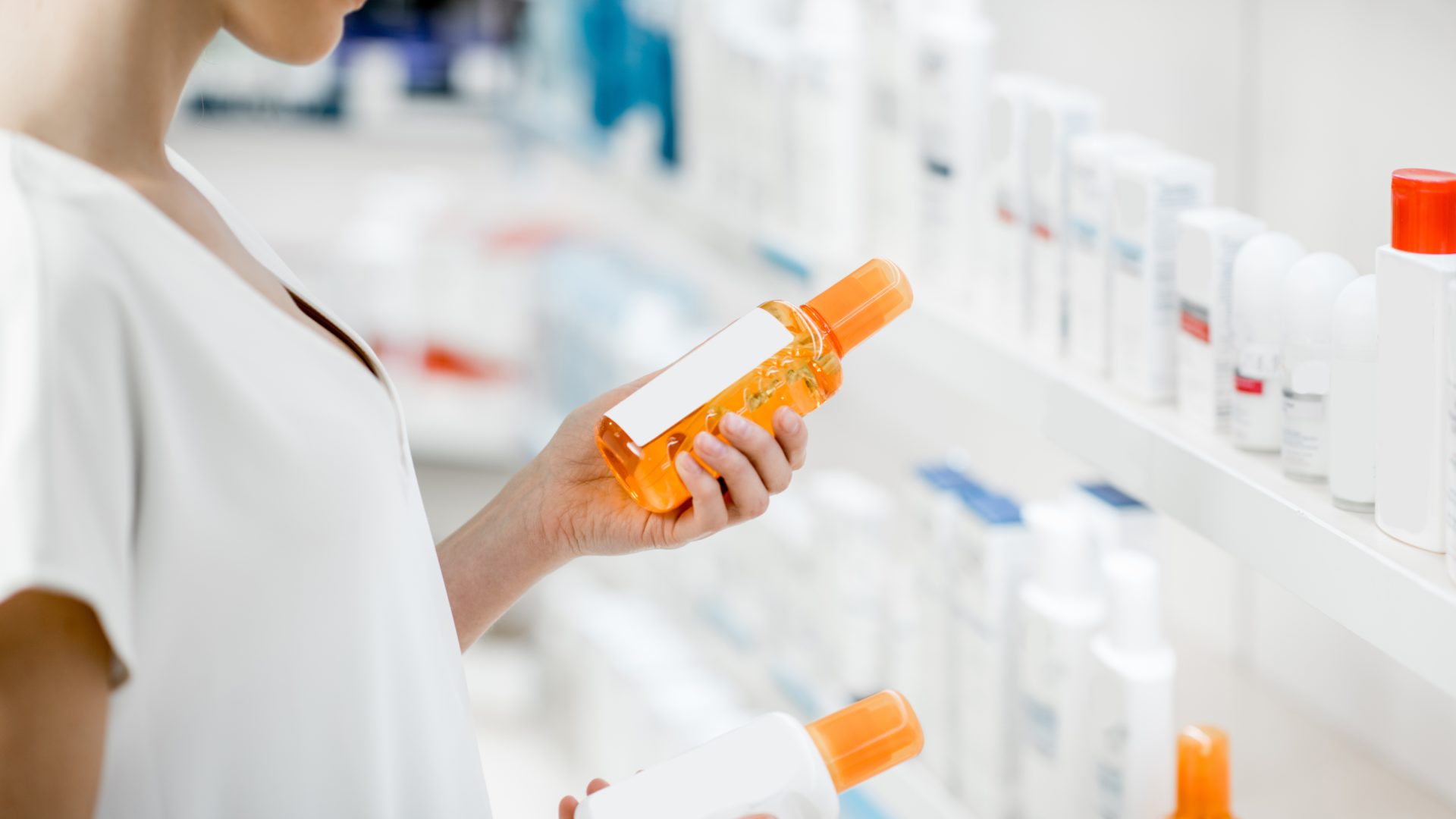
Posted 5 years ago
Sunscreen VS Sunblock
Although it isn’t unusual to hear the words sunblock and sunscreen used interchangeably, they’re actually two very different types of sun protection.
Sunscreen — a chemical defense, penetrating the skin and absorbing the UV rays before they reach and damage the dermal layers.
Some sunscreens include avobenzone, oxybenzone (destroys coral), octocrylene, ecamsule, and para-aminobenzoic acid (PABA), which are ingredients used to absorb the sun’s rays. New research published in the Journal of the American Medical Association (JAMA) say these drugs are present in the blood after sunscreen application at the levels that would, under FDA guidelines, trigger a requirement for further investigation.
Sunblock — a physical way to defend against ultraviolet (UV) rays. It sits on top of the skin and acts as a barrier. Typically, sunblock includes zinc oxide or titanium oxide. Sun blocks are often opaque and noticeable when applied to the skin.
Many brands of sun protection offer a blend of sunscreen and sunblock.
Should I use sunscreen or sunblock?
Both sunscreen and sunblock provide protection from the sun. According to the Skin Cancer Foundation, however, skin type should be a consideration when choosing the right product for you.
For people with sensitive skin, sun blocks with zinc oxide and titanium dioxide are better tolerated. These ingredients are also typically found in products for children, who have different sun protection needs.
People with skin conditions, such as rosacea or allergy-prone skin, should avoid products that contain fragrances, preservatives, and oxybenzone or PABA, which are often found in sunscreens.
The Environmental Working Group has also cautioned against use of sun protectants with oxybenzone, as it may cause an allergic reaction. Before trying a new sunscreen or sunblock, read the label to make sure you’ll get the protection you need and avoid ingredients you may be sensitive to.
Many doctors recommend sun protectants that offer:
- SPF30 or greater
- broad spectrum protection (UVA/UVB)
- water resistance
What’s SPF? SPF is an acronym for sun protection factor. It’s an indication of how well a product will protect you from the sun’s ultraviolet B (UVB) rays.
The SPF number tells you the amount of time it takes for the skin to redden upon exposure to the sun with protection as opposed to the amount of time without protection. If used exactly as directed, a product with SPF 30 will take the sun 30 times longer to burn the skin than skin directly exposed without protection. A product with SPF 50 will take 50 times longer.
According to the Skin Cancer Foundation, a product with SPF 30 allows approximately 3 percent of UVB rays to hit your skin, and a product with SPF 50 allows about 2 percent.
Water resistant — The FDA will no longer allow manufacturers to say their products are waterproof. Look for products that are water-resistant. This means, the protection will be effective for 40 minutes in the water, then reapplication is necessary. Products that are labeled as very water resistant will typically last for 80 minutes in the water.
Broad spectrum — Broad spectrum means that the product can protect from both ultraviolet A (UVA) and UVB rays.
Sports — The FDA hasn’t approved this term for sun protection, but it’s a common indication of water and sweat resistance.
Sensitive skin
Although the FDA hasn’t approved the term “sensitive skin” for sun protection, it’s most likely an indication that the product is hypoallergenic and doesn’t include PABA, oils, or fragrances.
Three reasons to use sun protection
- UV radiation from the sun is the most serious threat for skin cancer.
- Sunburns are damage to skin cells and blood vessels from the sun’s UV radiation. Repeated damage results in weakened skin that easily bruises.
- A 2013 study of Caucasian women concluded that UV exposure may be responsible for 80 Percent of visible facial aging sings. Signs of visible aging to your skin may include wrinkles, reduced elasticity, pigmentation, and degradation of texture.
Ultraviolet radiation
Sunlight includes visible light, heat, and UV radiation. UV is divided into three types and is classified by wavelength.
UVA — Accounting for about 95 percent of the UV radiation reaching the Earth’s surface, UVA has a relatively long wavelength that can penetrate into the deeper layers of the skin.
Responsible for immediate tanning, it also contributes to skin wrinkling and aging, and the development of skin cancers.
UVB — Partially blocked by the atmosphere, medium wavelength UVB is unable to penetrate deeper than the superficial layers of skin.
VB is responsible for delayed sun tanning and burning. It also can enhance skin aging and promote skin cancer development.
UVC — Short wavelength ultraviolet C (UVC) is totally blocked by the Earth’s atmosphere. It isn’t a concern with sun exposure. It can, however, be dangerous with exposure to an artificial radiation source.
How do I protect myself from the harmful effects of the sun?
- Staying out of the sun is the best way to protect yourself, though this can be hard to do.
- Avoid the sun from 10 a.m. to 3 p.m., when the UV rays are the strongest.
- Wear sunglasses that filter UV light.
- Wear protective clothing, such as long pants, long-sleeved shirts, and a wide-brimmed hat.
- Always wear sunscreen – especially on your face – you can get burned through a car window – stay safe!

